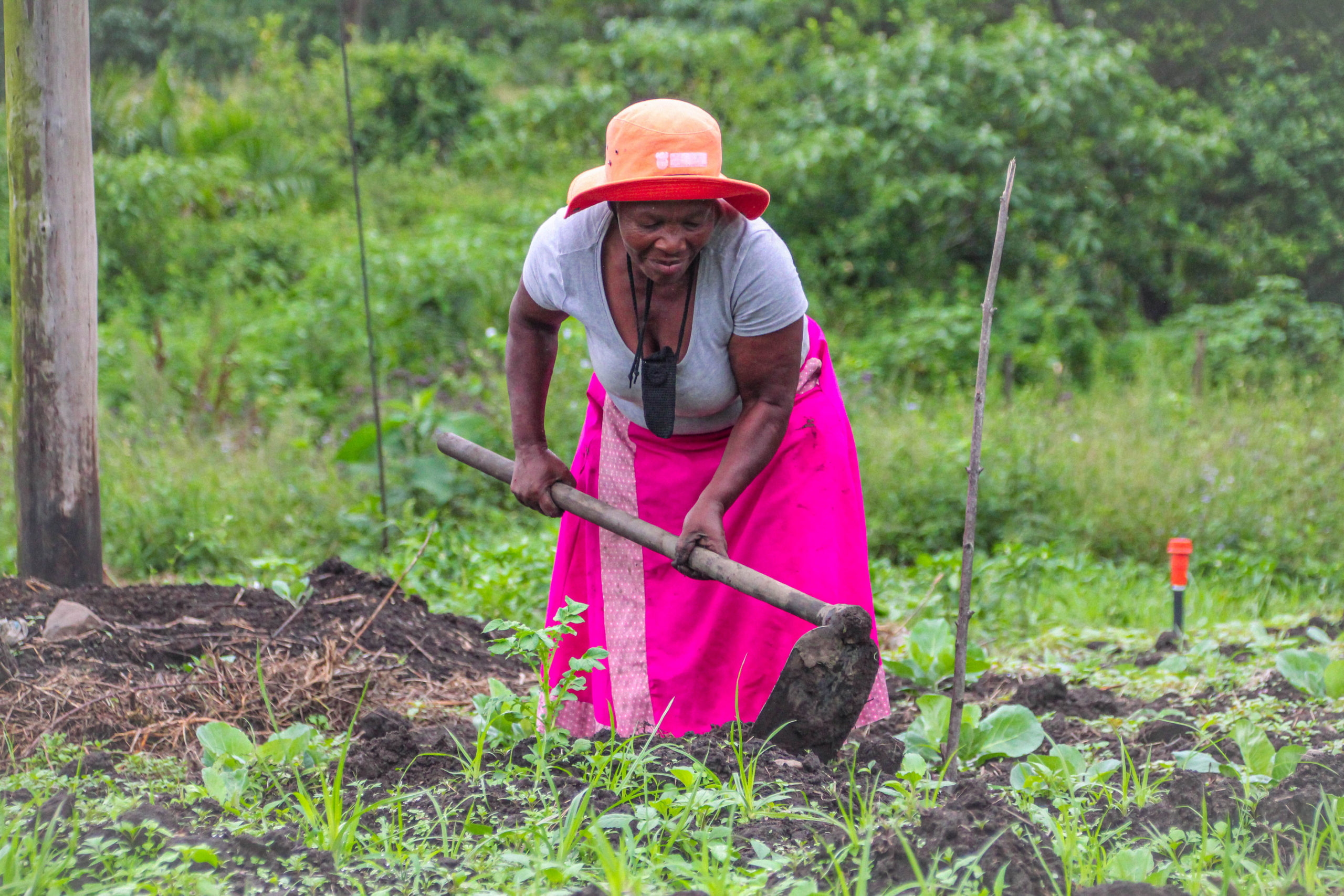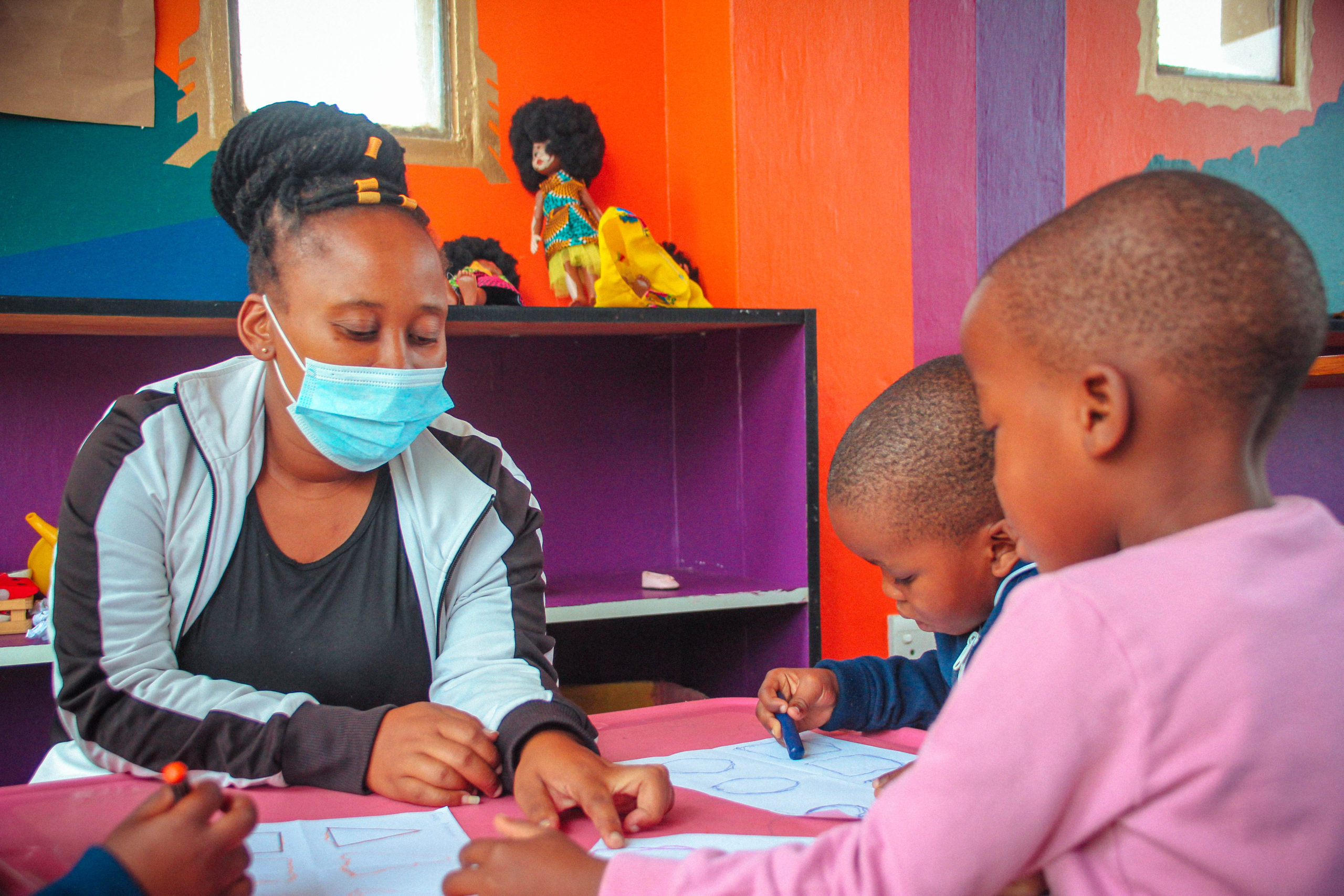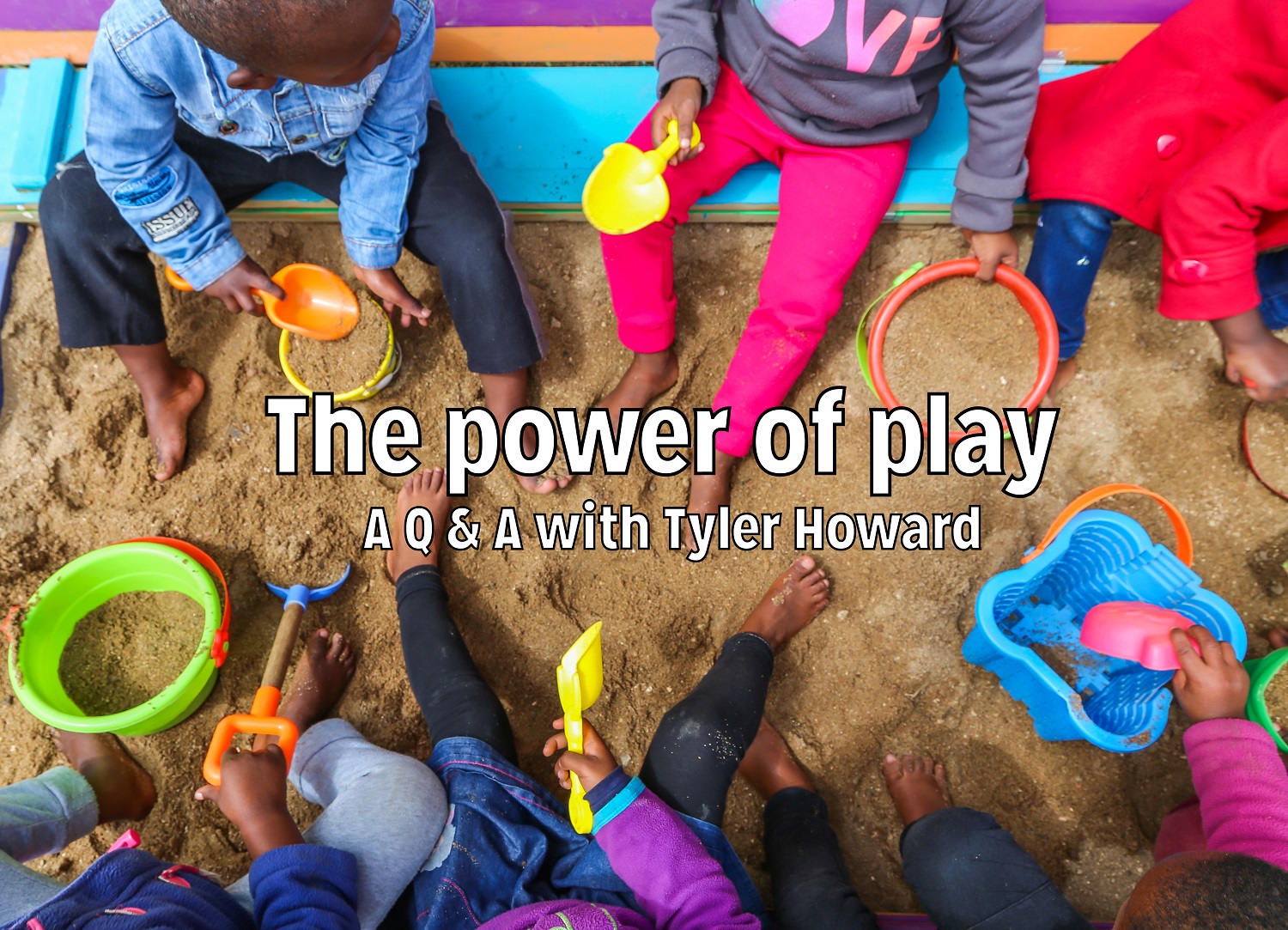 We sat down with our Co-Founder, Tyler Howard, to talk about the power of play. Tyler has worked extensively in education and, as the Programme Director for Thanda, leads the development of our Creative Learning Curriculum that is used in our After-school Programmes. When he’s not facilitating a critical thinking training or lesson planning, he’s probably out surfing, skating or playing with his 9 dogs.
We sat down with our Co-Founder, Tyler Howard, to talk about the power of play. Tyler has worked extensively in education and, as the Programme Director for Thanda, leads the development of our Creative Learning Curriculum that is used in our After-school Programmes. When he’s not facilitating a critical thinking training or lesson planning, he’s probably out surfing, skating or playing with his 9 dogs.
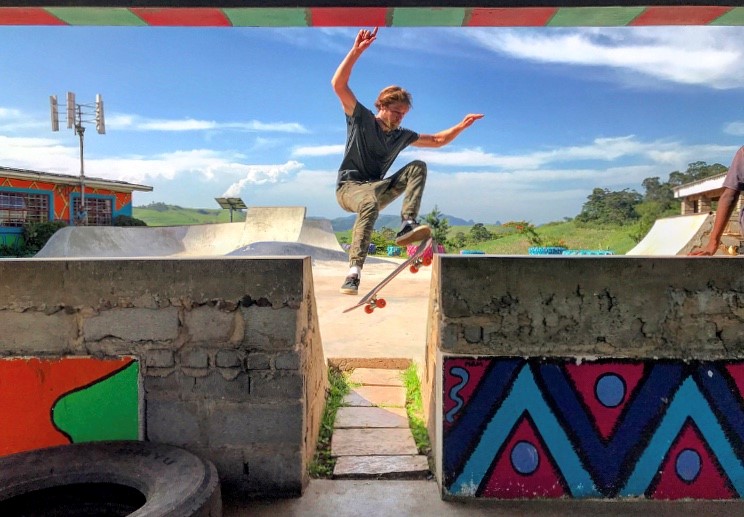
Q: When would you say play originated?
A: We have been educating one another since the dawn of human beings, about 190,000 years ago. And for a long time, most of that education was play-structured… copying, pretending, taunting, and tumbling. When we’re born, anything we do that isn’t totally automatic, like breathing or blinking, we learn through forms of these play. And that’s not unique to humans at all. All mammals have some form of play. It’s been an essential part of the process of evolution, too. The more complex a mammal is, such as human or chimpanzees, the more time it spends playing.
From Stuart Brown’s TED talk, there’s a valuable example about play and survival in a study of rats, who have very similar brains to humans. The researchers looked at two groups and allowed one group to play, but not the other. Then, they introduced a cat odor collar and the rats all hid. The players eventually came out to explore the environment and see if it was safe. The non-players never came back out. In evolution, that non-play group would have eventually starved and died.
Q: What part of the brain is involved in play?
A: Most of it. They’ve come really far in proving this through the emerging field of neuro-education. Play is a key component of learning at all ages. It lights up the brain and promotes long-term memory retention. We know that most brain growth happens between ages 0-3 (where play is the most important), but afterward our brain is still creating pathways like tree branches from those initial neurons. The more ways something is learned and reviewed, the more pathways are built. The foundation of who we are as people is laid largely through play and ultimately determines our future aptitude.
Rote memory is the most commonly required task for students in primary and secondary school. This requires memorizing facts that are often of little interest or emotional value, such as memorizing a list of vocabulary words, forging just one brain path. It’s one-dimensional, and leads to forgetting. That’s why we take the theme-based, fun and playful approach to our Creative Learning Curriculum. If learning is fun and memorable, you’re creating complex pathways, and you’re more likely to actually learn. And you have to learn differently to think differently.
Human beings are too often asked to grow up and stop playing. When we lose our childlike openness, we also tend to lose our curiosity for the world around us. – Tyler Howard
Q: In a professional environment, like the office or a classroom, we often find that play is discouraged. Why do you think that is?
A: When you look at the places where play would be least acceptable, it’s a place like an oil refinery or any type of factory. They are heavily focused on limiting risks and increasing profit. They don’t necessarily want innovation, they want the equivalent of rote memorization. That gives them more control over people and their work. But in most arenas of life, the opposite of play is not work or productivity, it’s like Langston Hughes describes in his poem Harlem, you “dry up like a raisin in the sun.”
Human beings are too often asked to grow up and stop playing. When we lose our childlike openness, we also tend to lose our curiosity for the world around us. We start going through the motions. I think that could be really harmful and limit our progress intellectually. Albert Einstein or Carl Sagan, who are some of the most influential scientists of our time, engaged in large amounts of play. They described their own work as very childlike. They obviously did a lot of serious things, but they also spent a lot of time consciously messing around.
Q: How do you believe education can use play to its advantage?
A: We should be looking at the entire learning process as an opportunity to play in everyday life. Play helps students develop genuine interests and understand that learning is an ongoing process. A good example to follow is Isaac Newton, who theorized the first law of gravity. He himself described the process of coming to the theory as basically acting like a kid saying, “I do not know what I may appear to the world, but to myself I seem to have been only like a boy playing on the seashore, and diverting myself in now and then finding a smoother pebble or prettier shell than ordinary, whilst the great ocean of truth lay all undiscovered before me.” He was allowing himself to be curious, kick rocks, get distracted and follow tangents, but what he was really doing was stimulating all five senses, observing, and exploring. He was enjoying the act of questioning, comfortable with the fact that he wasn’t getting any firm answers, just more nuanced theories. Acting like you have all the answers is how you run a political campaign, but it isn’t how you learn.
There’s this Langston Hughes poem called Old Walt that I think sums it up well. He looks to Walt Whitman for what poetry has achieved. For Walt, it wasn’t about a final product or answer, it’s about the process of seeking and finding. The adventure.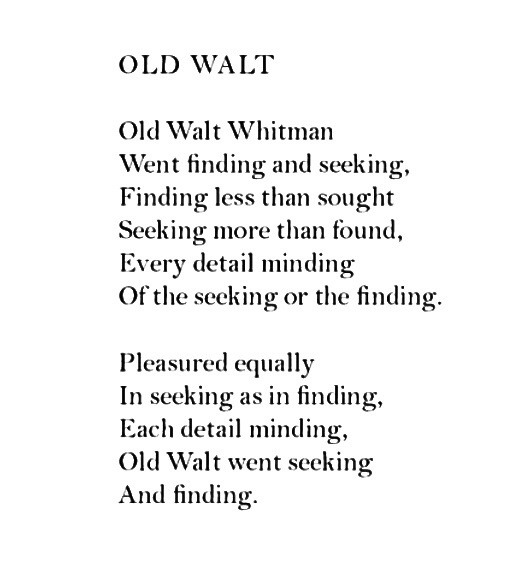 Q: What are some examples of how we incorporate play at Thanda?
Q: What are some examples of how we incorporate play at Thanda?
A: Trust walks in Journey into Healing through our Creative Learning Training with staff is the first thing that comes to mind because you have the emotional experience and you don’t realise it’s play. It connects the most with how our brains operate and when you do this activity everyone laughs – it’s a game. It helps us to make things softer and less painful in terms of a learning process, but it also gets us to realise trusting people is challenging, but ultimately essential. We also play blob tag a lot which is a metaphor for all kinds of ways that we think as a group, both positively and negatively. And then having a discussion and then playing again. It’s a really effective way to learn how things work. It’s a combination of engaging in something through play and then taking a step back and reflecting and thinking critically. We also play in nearly everything, from unstructured sand play or playground time with ECD to skating at the skate park.

 Q: Why is changing the way we think about play important?
Q: Why is changing the way we think about play important?
A: Play brings joy. If you are happy, you are more likely to achieve all sorts of things. If you go into a room bummed out, people are much less likely to listen to you and your ideas. And it’s vital for problem solving, creativity and relationships throughout our whole lives. It’s the most effective way to stay flexible, to stay aware, and to develop the types of skills that create advantages for you, which most of us want to have. It also fosters the type of characteristics, such as empathy and critical thinking, that create better people and stewards of our environment.
We should be changing the way we think about play – it should become an essential part of everything we do. We should encourage play and market playful activities and innovations more toward adults. I think our education should teach us to see the value of play throughout our entire life.



